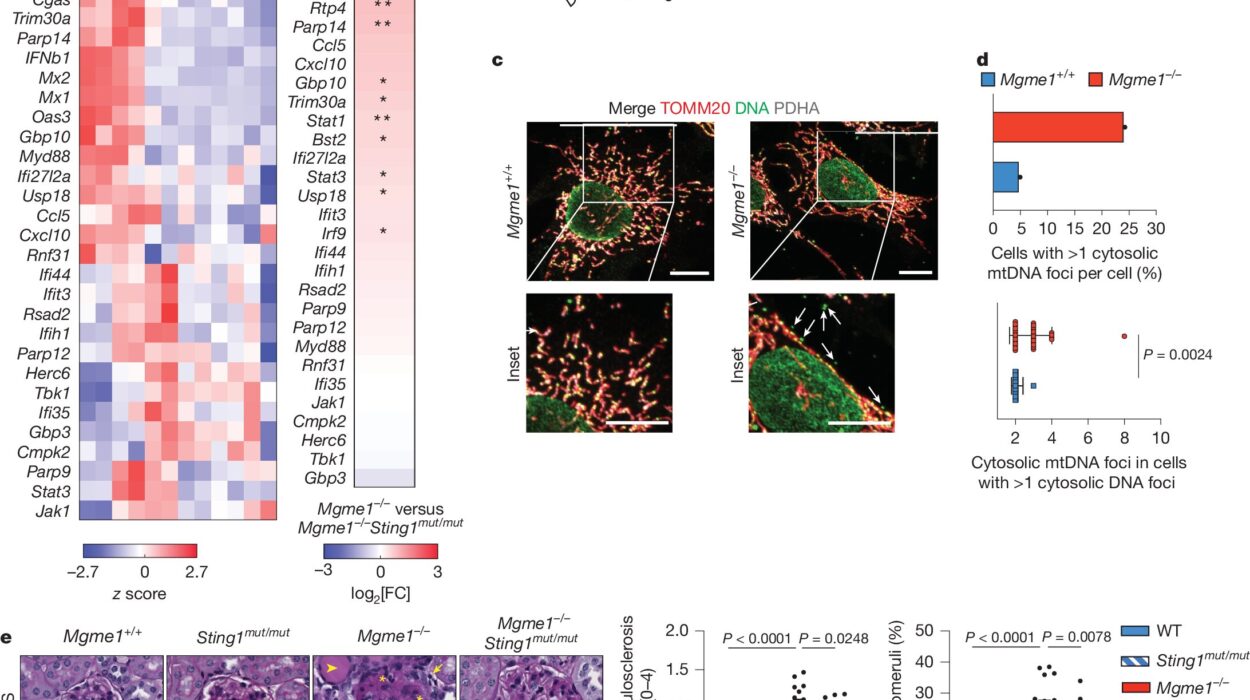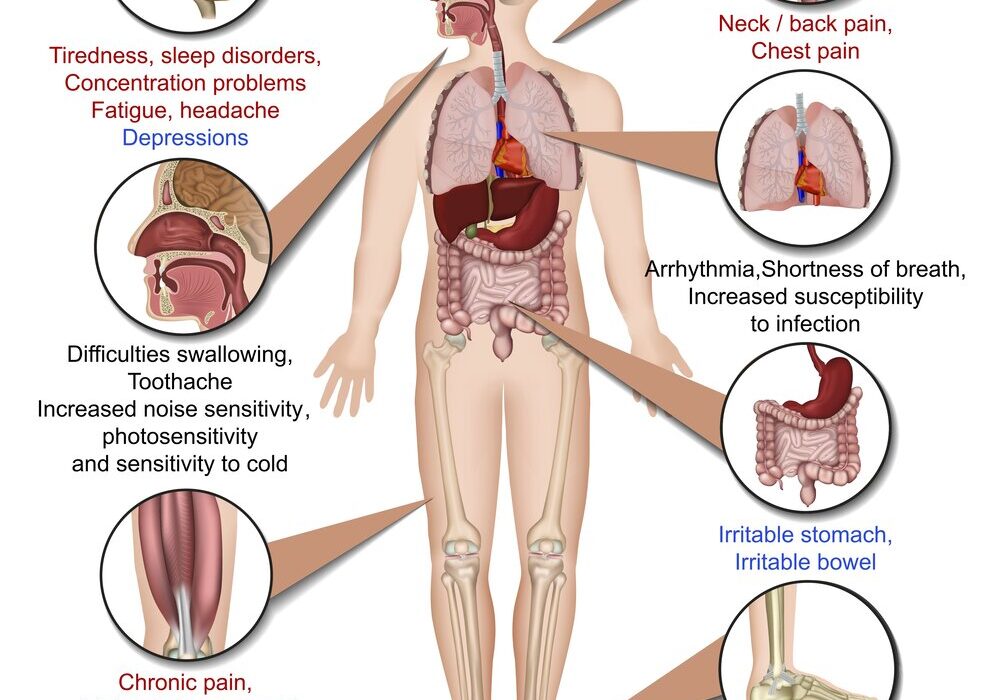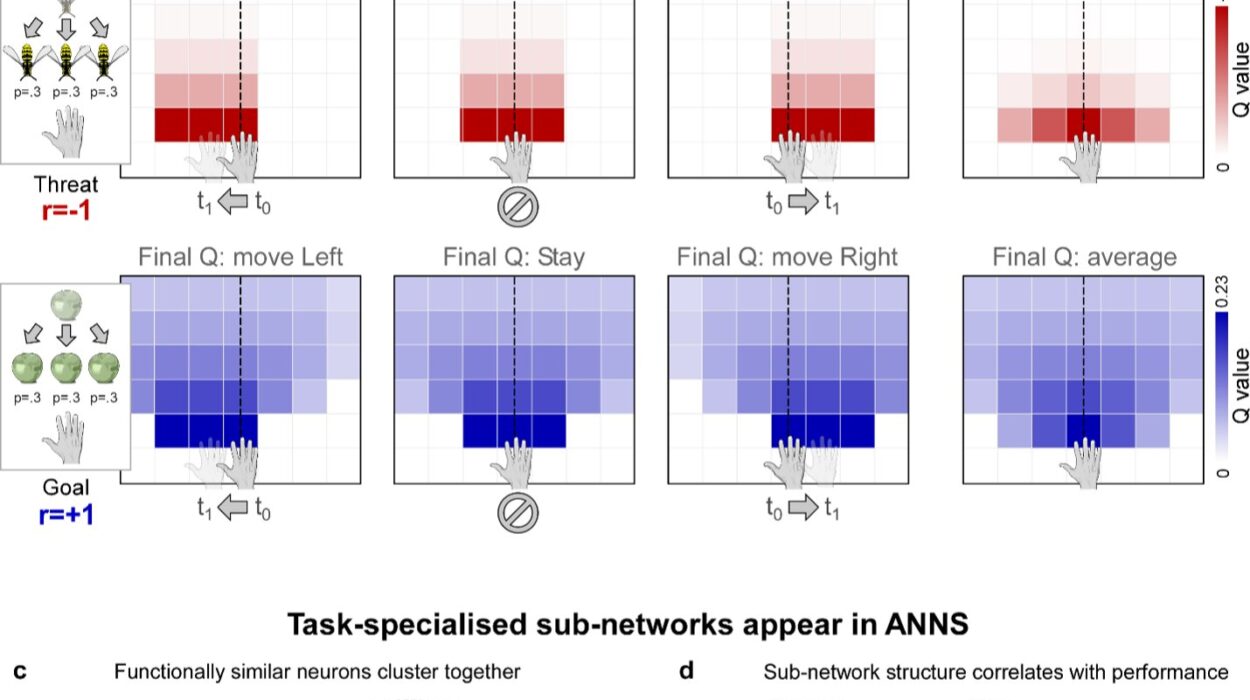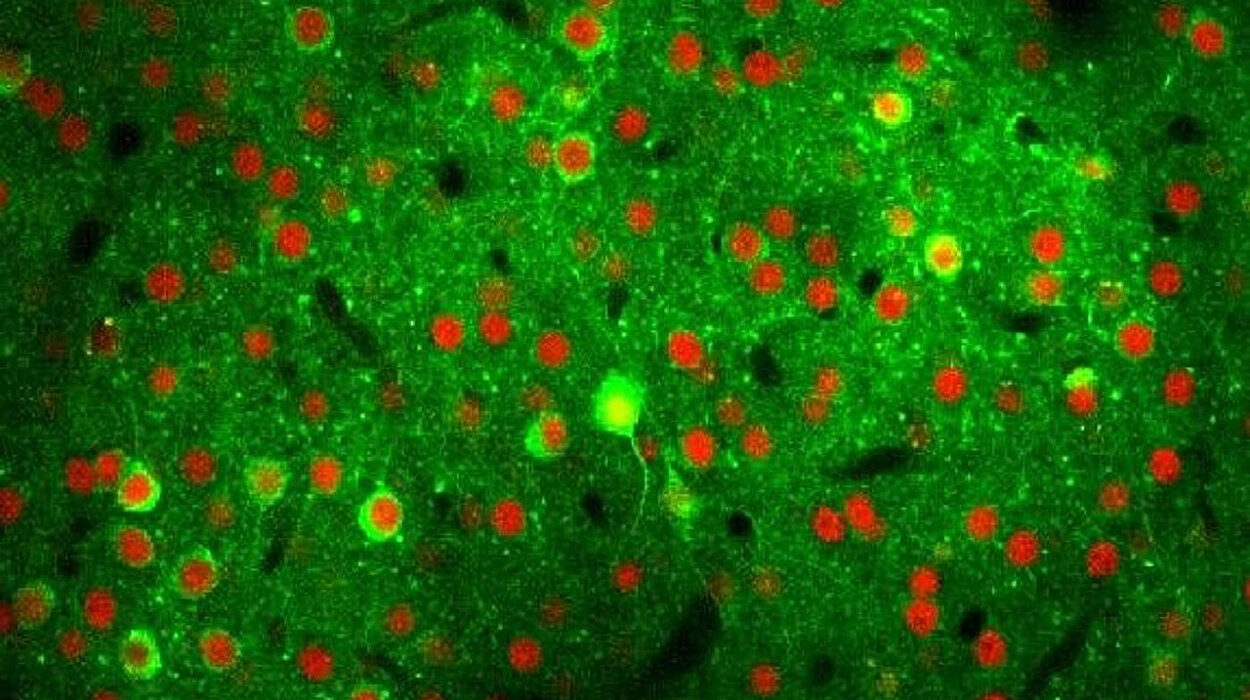For decades, cancer has loomed as one of medicine’s most daunting foes—a chameleon of diseases that refuses to be conquered by one-size-fits-all solutions. Though billions have been poured into research since the United States declared a symbolic “War on Cancer” in the 1970s, the battle has proved more complex than anyone anticipated. Cancer is not a single disease, but a constellation of more than a hundred different conditions, each with its own quirks, mutations, and evasive maneuvers.
Traditional cancer treatments like chemotherapy and radiation have saved countless lives, yet they often resemble carpet bombing more than surgical strikes. They affect healthy cells along with cancerous ones, producing grueling side effects and, too often, incomplete victories. But a revolution is unfolding—one that promises to take cancer treatment from the era of brute force into a new age of precision, personalization, and hope.
Welcome to the future of oncology, where treatments are guided not by averages but by the intimate molecular identity of each tumor, where therapies are designed for the individual rather than the crowd. At the heart of this transformation are two intertwined concepts: targeted therapy and personalized medicine.
The Molecular Map That Changed Everything
To understand how cancer treatment is evolving, one must first appreciate what makes cancer so elusive. At its core, cancer is a genetic disease. It arises from mutations in a cell’s DNA that disrupt normal regulatory processes and allow uncontrolled growth. For years, scientists sought common denominators across cancers—universal triggers or pathways that could be exploited for treatment. But the Human Genome Project, completed in 2003, shattered that notion with a sobering realization: every cancer is different.
Genomic sequencing revealed that tumors, even those originating from the same organ, often carry vastly different mutations. A lung tumor in one patient might be driven by a mutation in the EGFR gene, while another’s is propelled by an ALK rearrangement or KRAS mutation. This heterogeneity means that two patients with what looks like the same cancer under a microscope could respond very differently to the same treatment.
Rather than being discouraged by this complexity, scientists began to see opportunity. What if the very thing that made cancer so diverse—its genetic variability—could be turned into a guide for designing precise therapies?
From Broad Strokes to Bullseyes
Enter targeted therapy. Unlike chemotherapy, which attacks all rapidly dividing cells indiscriminately, targeted therapies zero in on specific molecular abnormalities that drive cancer. Think of them as snipers rather than grenadiers. If a tumor’s growth is fueled by an overactive protein caused by a genetic mutation, a targeted therapy can block that protein and stop the cancer in its tracks.
One of the earliest and most successful examples is imatinib (Gleevec), introduced in the early 2000s for chronic myeloid leukemia (CML). This drug specifically inhibits BCR-ABL, a fusion protein produced by a chromosomal translocation that is the hallmark of CML. The results were staggering. Once a death sentence, CML became a manageable chronic condition for most patients.
Since then, the list of targeted therapies has grown rapidly. Drugs now exist to inhibit EGFR in non-small-cell lung cancer, HER2 in breast cancer, BRAF in melanoma, and IDH1 in gliomas, among others. These treatments often produce fewer side effects and higher response rates than traditional chemotherapy, at least in the short term.
But the excitement of targeted therapy is tempered by a persistent problem: resistance. Cancer, with its relentless adaptability, often finds a way to bypass the molecular roadblock. Sometimes this means activating alternative pathways; other times it involves mutating further to escape the drug’s effect. The challenge, then, is not just hitting the target—but staying one step ahead of a moving one.
Personalized Medicine Is No Longer a Dream
If targeted therapy represents precision, personalized medicine represents personalization. It’s not enough to know which mutations a tumor has; we must also consider how the tumor interacts with the patient’s body, immune system, and environment. Personalized medicine seeks to tailor treatment not just to the cancer but to the individual.
This concept is powered by several rapidly advancing technologies. Genomic sequencing can now be performed on a tumor within days, revealing its complete mutation profile. Liquid biopsies—tests that detect cancer DNA in the bloodstream—offer non-invasive ways to monitor tumors in real time. Artificial intelligence sifts through mountains of data to find patterns invisible to human eyes, suggesting treatment options based on similar genetic profiles.
In a truly personalized approach, no two patients receive the exact same treatment plan. A patient’s tumor might be sequenced to reveal not just one targetable mutation, but a constellation of them. Algorithms can predict which combinations of drugs are most likely to work, taking into account potential resistance mechanisms. As more data is collected from clinical trials, biobanks, and real-world treatment outcomes, these predictions become increasingly accurate.
Immunotherapy and the Awakening of the Body’s Defenses
If the first wave of personalized cancer treatment focused on targeting the tumor’s internal machinery, the second wave looks outward—to the immune system. The idea that the immune system could be harnessed to fight cancer was long considered fringe. But in recent years, immunotherapy has become one of the most powerful arrows in the oncologist’s quiver.
Checkpoint inhibitors like pembrolizumab and nivolumab work by lifting the “brakes” that tumors place on immune cells, unleashing a powerful response against the cancer. In some patients, particularly those with melanoma, non-small-cell lung cancer, and certain lymphomas, these drugs have produced durable remissions that were once unimaginable.
Personalization is crucial here, too. Not all patients respond to immunotherapy. Some tumors are “hot,” filled with immune cells ready to attack once the brakes are lifted. Others are “cold,” cloaked in a microenvironment that suppresses immune activity. Biomarkers like PD-L1 expression, tumor mutational burden, and microsatellite instability can help predict who will benefit.
CAR-T cell therapy takes personalization to another level. In this technique, a patient’s own immune cells are harvested, genetically engineered to recognize specific proteins on cancer cells, and then reinfused into the body. The results have been dramatic, especially in blood cancers like acute lymphoblastic leukemia and certain lymphomas. Though still in its infancy, CAR-T therapy represents a fusion of immunology, genetics, and biotechnology unlike anything seen before.
The Promise of Combination Therapies
As cancer adapts and evolves, oncologists are learning that a single weapon is rarely enough. Increasingly, the future of treatment lies in combination—using targeted drugs, immunotherapies, and even traditional chemotherapy in concert to overwhelm the cancer’s defenses.
For instance, combining BRAF and MEK inhibitors in melanoma has produced better results than either drug alone. Pairing checkpoint inhibitors with chemotherapy or radiation can make tumors more visible to the immune system. Clinical trials are exploring hundreds of such combinations, guided by both empirical data and computational models.
The goal is to stay ahead of resistance, reduce the likelihood of relapse, and exploit cancer’s own complexity as a weakness. By hitting multiple targets at once, we can potentially prevent the tumor from evolving escape routes.
Artificial Intelligence Becomes the Oncologist’s Ally
The complexity of personalized cancer treatment would be overwhelming without the help of artificial intelligence. AI is now being used to analyze genomic data, predict treatment responses, and even suggest clinical trials that match a patient’s unique profile.
Machine learning algorithms can compare a tumor’s mutations against databases of past cases, identifying patterns that guide therapy decisions. Natural language processing tools are extracting insights from millions of scientific papers, keeping oncologists informed in a field where the volume of new data exceeds human capacity.
AI is also improving drug discovery. By simulating how new molecules interact with cancer pathways, AI can speed up the development of targeted therapies, identify previously overlooked targets, and predict side effects before clinical trials begin.
Overcoming Barriers to Access and Equity
As promising as these advances are, they also expose a deep challenge: equity. Personalized cancer treatment is expensive. Genomic sequencing, immunotherapy, and CAR-T cells are resource-intensive and often limited to major research hospitals or wealthier countries. There’s a risk that precision oncology could widen the gap between those who can afford cutting-edge care and those who cannot.
Efforts are underway to address this. Global partnerships are working to make genomic testing more accessible. Pharmaceutical companies are developing biosimilars—lower-cost versions of targeted drugs. Health systems are exploring value-based pricing models that tie drug costs to patient outcomes.
Education is also key. Many oncologists in community settings lack access to the latest molecular tools. Expanding training and telemedicine networks can help bring precision medicine to more patients, regardless of geography or income.
Ethics and the Human Side of Personalization
The age of personalized cancer care also raises profound ethical questions. What do we do with incidental findings—mutations uncovered during tumor sequencing that reveal risks for other diseases? How do we protect patient privacy as their genomic data becomes a digital fingerprint? And what happens when a treatment plan derived from algorithms conflicts with a doctor’s judgment or a patient’s values?
These are not just technical issues but human ones. Cancer treatment has always been an emotional journey. Personalized therapy must preserve that humanity even as it embraces high technology. The goal is not just to extend life but to enhance its quality—to offer hope, dignity, and control to patients navigating one of the hardest experiences of their lives.
Looking Ahead to the Next Frontier
The pace of innovation in cancer treatment is breathtaking. Therapies that seemed like science fiction a decade ago—injectable gene editors, cancer vaccines tailored to individual tumors, microbiome manipulation to boost immunotherapy—are now entering clinical trials. The convergence of genomics, AI, nanotechnology, and systems biology is creating a new kind of medicine—one that is dynamic, adaptive, and deeply personal.
Ultimately, the future of cancer treatment may not lie in a single magic bullet but in a framework that continually evolves, learns, and adapts. Each patient’s journey becomes a data point that informs the next. The lines between researcher, clinician, and patient blur as we co-create the therapies of tomorrow.
What was once a monolithic war against a faceless enemy has become a nuanced dialogue between science and biology, between doctor and patient, between disease and identity.
Conclusion A New Era of Hope
Cancer is no longer an untouchable specter looming over the human lifespan. With the advent of targeted therapies and personalized medicine, we are seeing a paradigm shift—not just in how we treat cancer, but in how we understand it. What once required generalized assaults now calls for customized strategies. What once offered grim statistics now offers tailored options and renewed hope.
We are not merely learning to kill cancer more effectively; we are learning to treat the person who has it. This transformation marks a profound reimagining of medicine—one where the treatment plan begins not with a diagnosis but with a deep understanding of the patient’s unique biology.
The road ahead will not be easy. Cancer will continue to evolve, to resist, to hide. But for the first time in history, humanity is matching that evolution step for step. In laboratories, in clinics, and in the lives of millions of survivors, the future of cancer treatment is already taking shape.
And it is personal.






